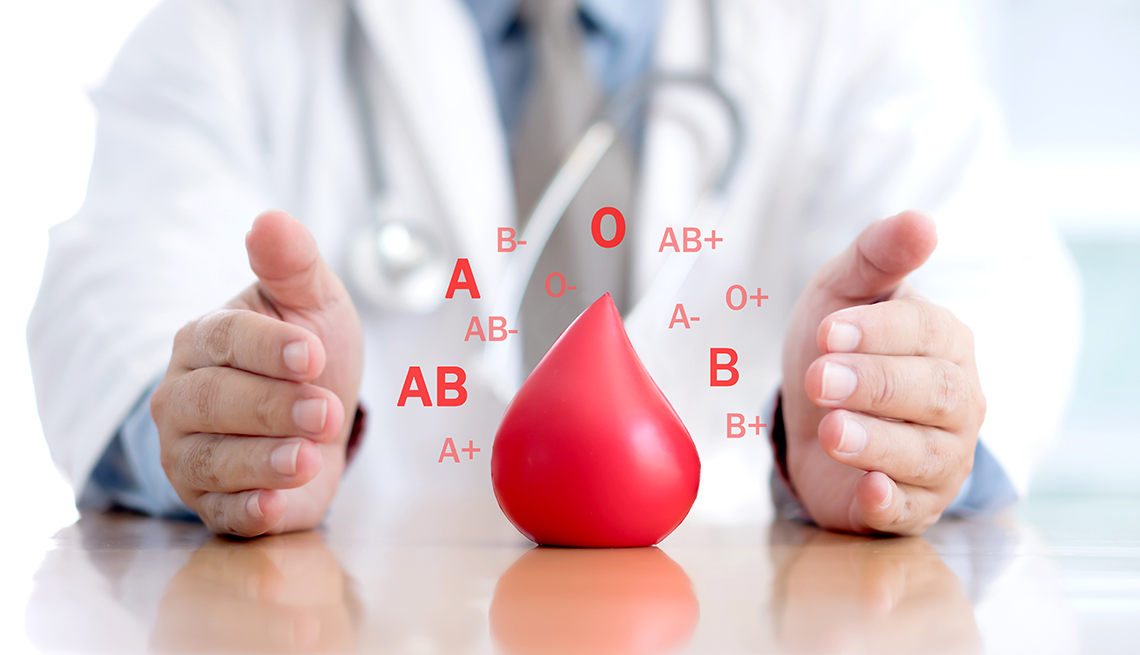Staying Fit
Do you know your blood type? There’s a good chance that you don’t. More Americans know their horoscope sign (66 percent) than their blood type (51 percent), according to a survey published this year by medical laboratory company Quest Diagnostics.
There are compelling health reasons why you should know, especially when it comes to your heart. Research suggests that people with certain blood types — namely A and B — are at higher risk to develop blood clots and to have heart attacks and strokes.


AARP Membership— $12 for your first year when you sign up for Automatic Renewal
Get instant access to members-only products and hundreds of discounts, a free second membership, and a subscription to AARP the Magazine.
“We think about blood type a lot when we think about transfusions,” says Robert Salazar, M.D., a cardiologist at Memorial Hermann Health System in Houston. There may be some benefits to know about it for heart health, he adds. “Increasingly, there is a push towards the individualization of medicine and medical advice,” he explains. Adding information about blood type, he says, may help inform doctors on how to best treat patients.
Types of blood
Blood Type and Your Health
What the research shows:
Types A and B
Higher risk of blood clots, heart attacks and strokes.
Type AB
Higher risk of stroke and inflammation. Those with AB+ blood can accept blood from all donors and are called universal recipients.
Type O
Slightly lower risk of thrombosis, blood clots, heart attacks and strokes. People with type O- blood are universal donors and can donate to anyone.
Note that a healthy lifestyle likely trumps blood type in terms of increasing or decreasing risks.
Blood types are determined by the presence or absence of certain substances, called antigens, that can trigger an immune response if they are foreign to the body.
There are four main blood types: A, B, O and AB, according to the American Red Cross. In addition to these antigens, there’s a protein called the Rh factor, which can either be present (+) or absent (-). That means there are eight blood subtypes: A+, A-, B+, B-, O+, O-, AB+, AB-.
Types A and B and blood clots
People with blood types A and B are at higher risk to develop blood clots compared with people who have type O blood, according to a 2020 study published in the American Heart Association journal Arteriosclerosis, Thrombosis, and Vascular Biology. The study, which looked at more than 400,000 people, found that types A and B were 50 percent more likely to develop blood clots in the legs called deep vein thrombosis and 47 percent more likely to develop a pulmonary embolism — when a clot travels to the lungs — than people with type O blood. They were 8 percent more likely to have a heart attack and 10 percent more likely to experience heart failure than type Os.







































































